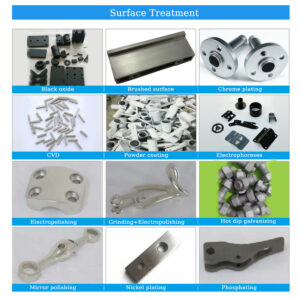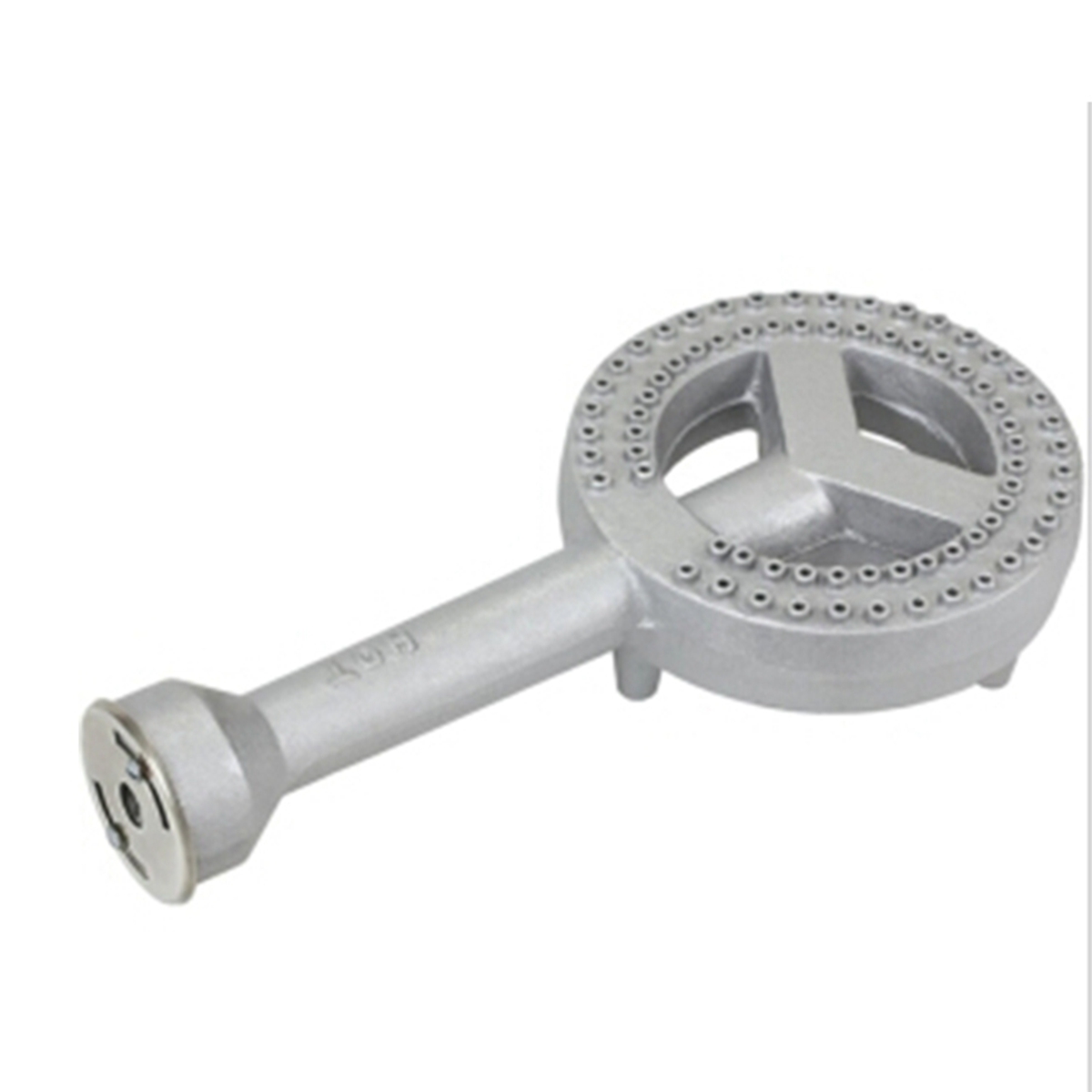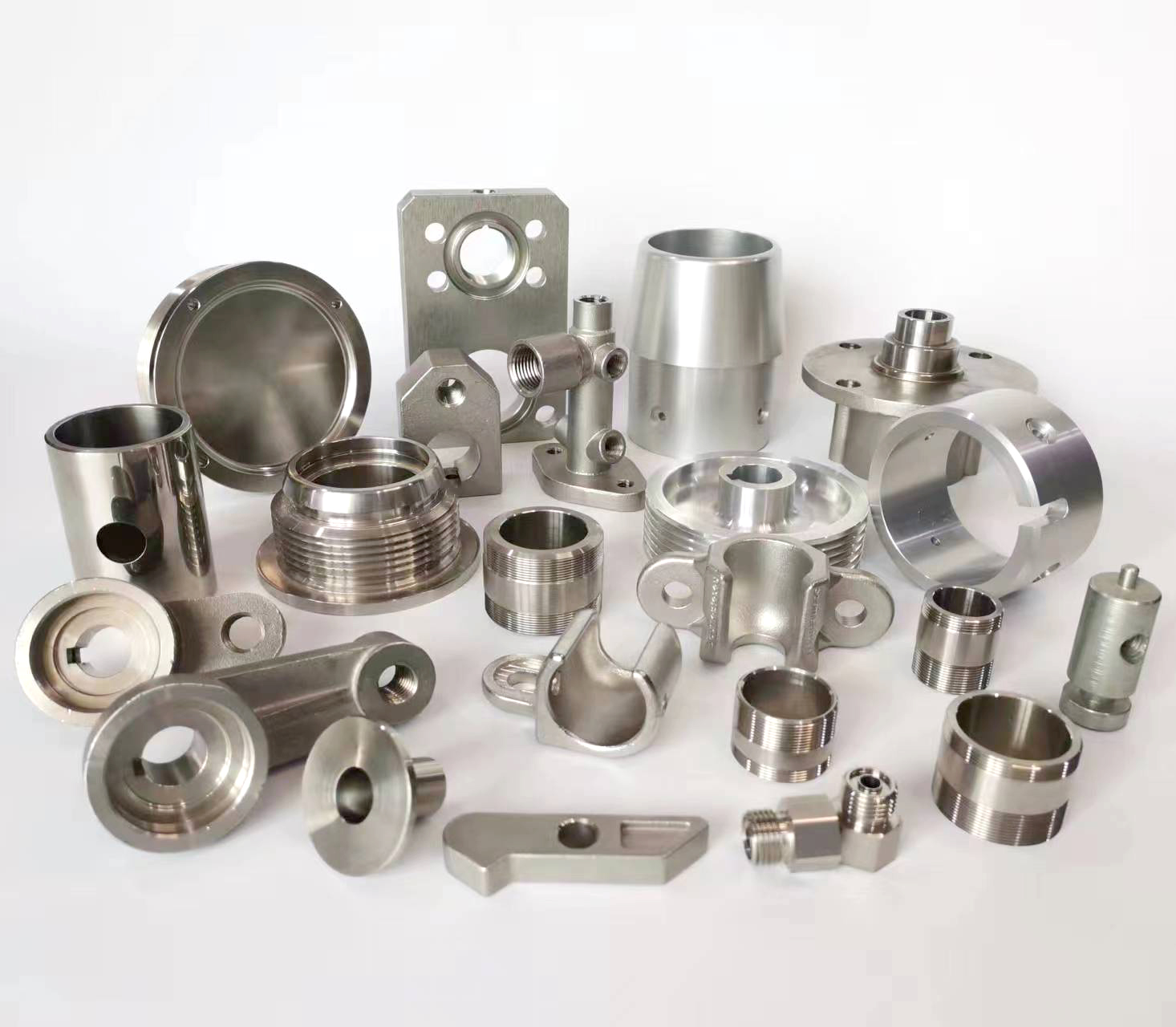
Here’s an overview of the typical thickness ranges for zinc plating on metal components, distinguishing between the two main processes: Hot-Dip Galvanizing (HDG) and Electrogalvanizing (Electroplating):
1. Hot-Dip Galvanizing (HDG)
Process: The component is immersed in a bath of molten zinc (~450°C / 840°F). A metallurgical bond forms, creating layers of zinc-iron alloys topped with pure zinc.
Typical Thickness Range: Significantly thicker than electroplating, ranging roughly from 45 microns (µm) to over 200 µm (1.8 mils to over 8 mils).
Key Factors Influencing Thickness:
Steel Thickness: Thicker steel generally results in a thicker zinc coating (as more iron dissolves into the molten zinc, forming thicker alloy layers).
Steel Chemistry: Silicon and phosphorus content significantly affect reactivity and coating thickness/structure. “Reactive steels” (e.g., certain silicon-killed steels) can form very thick, brittle coatings.
Immersion Time: Longer immersion allows more reaction and coating growth.
Withdrawal Rate: Affects the amount of pure zinc carried out on the surface.
Common Standards & Minimums (Examples):
ASTM A123/A123M: Standard for galvanizing structural steel and hardware. Minimum average coating masses (thickness correlates directly) vary by steel category/thickness. Common ranges:
Material ≥ 6.4mm thick: Min. Avg. 610 g/m² (~86 µm)
Material 1.6mm to 3.2mm thick: Min. Avg. 460 g/m² (~65 µm)
Material < 1.6mm thick: Min. Avg. 395 g/m² (~56 µm)
ASTM A153/A153M: Standard for galvanizing hardware (nuts, bolts, etc.). Minimums vary by fastener diameter/thread size, typically ranging from ~35 µm to 85 µm or more.
ISO 1461: Specifies minimum average coating masses (thicknesses) based on steel thickness and type (e.g., for steel >6mm, min. avg. 610 g/m² / ~86 µm; for castings, min. avg. 700 g/m² / ~100 µm).
2. Electrogalvanizing (Zinc Electroplating)
Process: Zinc is deposited onto the component’s surface from an electrolyte solution using an electric current. This produces a thinner, more uniform coating primarily of pure zinc (or zinc alloys).
Typical Thickness Range: Generally much thinner than HDG, ranging from ~3 µm to ~25 µm (0.1 mils to 1.0 mil), with 5 µm to 15 µm (0.2 to 0.6 mils) being very common for general-purpose corrosion protection.
Key Factors Influencing Thickness:
Application Requirements: Dictated by the expected environment (indoor, outdoor, coastal, industrial) and required service life.
Specification/Standard: Follows specific industry or customer standards (e.g., automotive, aerospace, military).
Plating Time & Current Density: Directly control the amount of zinc deposited.
Post-Treatment: Chromates (conversion coatings like yellow, blue/clear, black, olive drab) significantly enhance corrosion resistance without adding significant thickness. The chromate type is often specified with the plating thickness (e.g., “Zn 8µm Clear”).
Common Standards & Classes (Examples):
ASTM B633: Standard for electrodeposited zinc coatings on iron/steel. Defines several “Service Conditions” (SC) with minimum thickness requirements:
SC 1 (Mild Indoor): Min. Thickness 5 µm (Fe/Zn 5)
SC 2 (Moderate Indoor): Min. Thickness 8 µm (Fe/Zn 8)
SC 3 (Severe Indoor/Mild Outdoor): Min. Thickness 12 µm (Fe/Zn 12)
SC 4 (Moderate Outdoor): Min. Thickness 25 µm (Fe/Zn 25)
SC 5 (Severe Outdoor): Min. Thickness 25 µm + specific post-treatment (Fe/Zn 25)
ISO 2081: Similar to ASTM B633, specifying thickness grades (e.g., Zn 5, Zn 8, Zn 12, Zn 25) based on service environment severity.
Automotive: Often uses specific designations within company or industry specs (e.g., GM, Ford, VW standards). Fe/Zn 5c, Fe/Zn 8c (where “c” often denotes chromate type) are very common for interior and underbody parts.
Military: Often uses thicker coatings (e.g., 8µm, 12µm) with specific chromate types (like Type II Class 3 – Olive Drab per QQ-P-416 or MIL-DTL-5541F).
Key Differences Summary
| Feature | Hot-Dip Galvanizing (HDG) | Electrogalvanizing (Electroplating) |
| Typical Thickness | 45 – 200+ µm (Thick) | 3 – 25 µm (Thin) |
| Uniformity | Less Uniform (Varies w/ geometry, steel reactivity) | Highly Uniform |
| Coating Composition | Zinc-Iron Alloy Layers + Pure Zinc | Primarily Pure Zinc (or alloy) |
| Appearance | Dull Gray, Spangled | Bright, Reflective (can be passivated various colors) |
| Common Applications | Structural Steel, Outdoor Hardware, Fencing, Transmission Towers | Automotive Parts, Fasteners, Electrical Hardware, Appliances, Consumer Goods |
| Main Standards | ASTM A123, ASTM A153, ISO 1461 | ASTM B633, ISO 2081, AMS, Company Specs |
In essence: For robust, long-term outdoor protection in harsh environments, Hot-Dip Galvanizing provides a much thicker, sacrificial coating. For components requiring precise dimensions, a smoother/bright finish, or protection in moderate environments (often enhanced by chromates), Electrogalvanizing offers a thinner, more controlled coating. The required thickness is always determined by the specific application, service environment, and governing specification.





